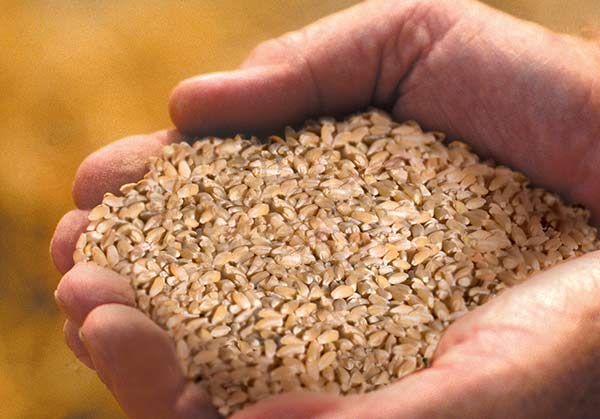Fusilli Giganti n° 234
A larger, chunkier version of the classic Fusilli from the Campania tradition which were made by hand in the past according to a method that was passed down from "mother to daughter". You had to rapidly twist a strand of spaghetti around a knitting needle with a skilled hand. The ability required to perform this procedure is reminiscent of that of spinners and as a matter of fact, the term "fusillo" comes from "fuso" (spindle) which was the tool used by spinners.
Fusilli Giganti are ideal for dishes with a strong, decisive taste or for recipes that need to be tossed in a frying pan.
Available in 500g pack.s
- Cooking time: 13 min - Al dente: 11 min

play
Our method
Attention, care, experience, quality at every stage: from our mill to your table.
You may also be interested in
Mezze Maniche Rigate n° 136
Mezze Maniche Rigate are bigger than Mezzi Rigatoni, but just as good for capturing all kinds of sauces with their outer ridges which bring out the best in every recipe.
Their chunky shape makes them ideal for serving with hearty meat or fish sauces and for recipes which are tossed in the frying pan.
Available in 500g or 3 Kg packs.
Find out more





